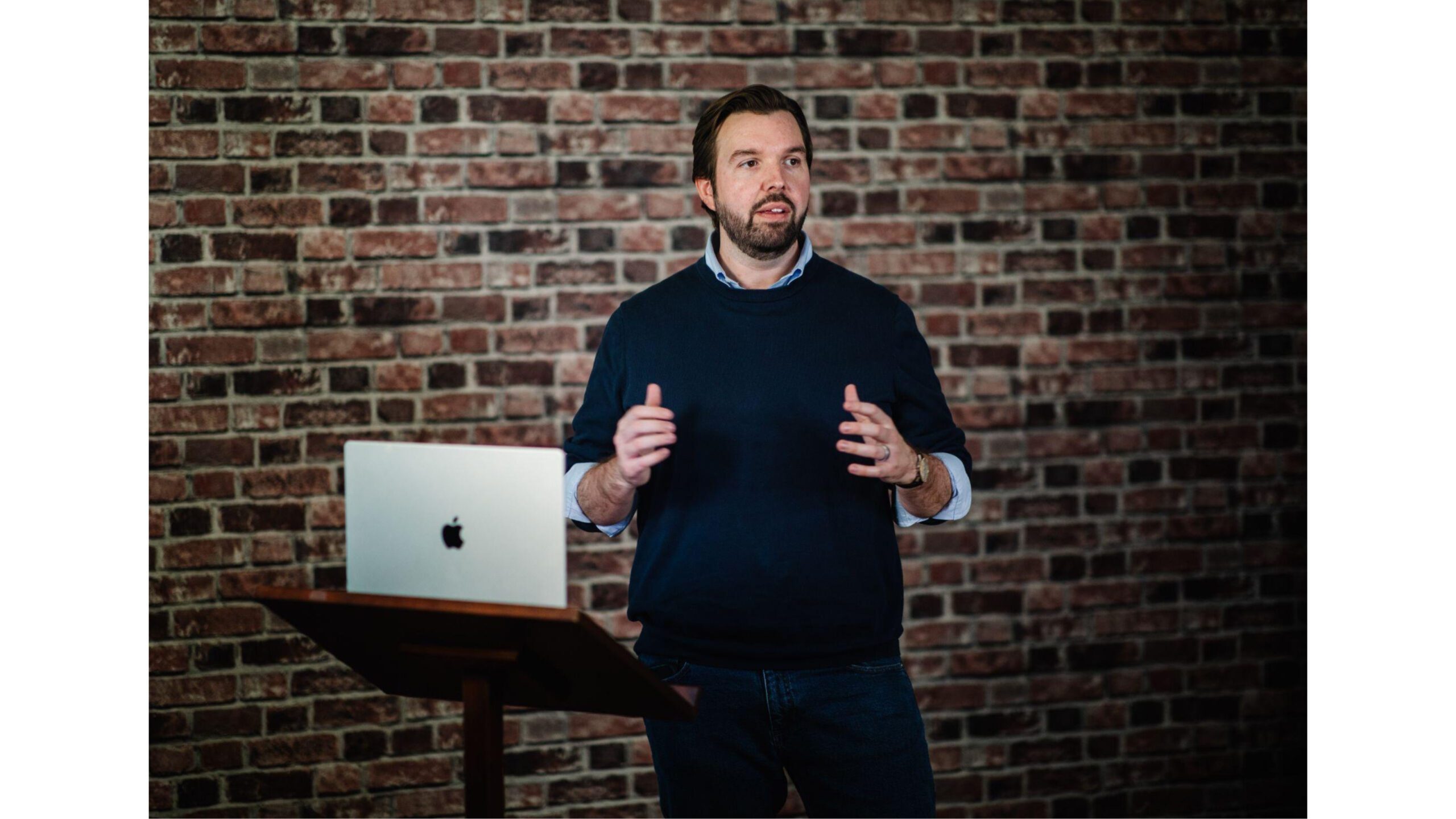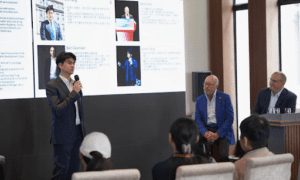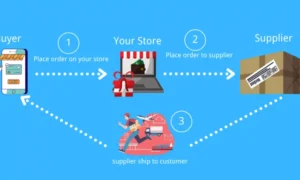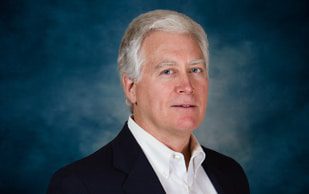Governments are adopting new technologies to modernize services, strengthen public safety, and improve how agencies connect with citizens. One of the driving reasons is to advance public trust and meet rising expectations as citizens expect more responsive services along with greater transparency and accountability. As the public sector undergoes this transformation, it must balance priorities: speed with security, efficiency with fairness, and ambition with accountability.
“Clarity is not the same as certainty,” says Matt Engle, a GovTech leader and public safety strategist. “In the military and in law enforcement, you rarely have all the information you need to make decisions, but you still have to make decisions that matter.”
Engle believes the ability to lead with clarity is what allows organizations to navigate uncertainty, a perspective grounded in a career bridging the military, law enforcement, and the private sector. “In the private sector, I learned that clarity is what gives teams confidence to move forward, even when the environment is ambiguous,” says Engle.
Today, as a senior leader at Tyler Technologies, he oversees growth and strategy for public safety solutions to help organizations align their purpose to processes so teams understand not just what they are doing, but why their work matters.
Complexity as the New Normal
For him, the key challenge for leaders today is navigating complexity. Leaders who are able to simplify without oversimplifying are the ones who will keep their organizations steady during turbulent times. He points to digital transformation, regulatory shifts, public skepticism, and rapid advances in technology as forces that create a constant state of flux for organizations.
“Complexity is the new normal,” he says. “In that kind of environment, people don’t need more noise. They need signal. Clarity helps build trust, creates alignment, and allows teams to focus on what truly matters. Without it, even the best strategies collapse under confusion.”
Three Practices for Clarity in Uncertain Environments
Asked how leaders can cultivate clarity, Engle offers three practical strategies drawn from both his own experience and academic research.
First, he emphasizes the importance of defining a North Star. “Even when the road is changing, the direction you’re going shouldn’t change,” he says. “That clear mission anchors people when everything else is in motion.”
Second, he highlights the value of “narrating the why.” Engle references the work of Duke University professor Sim Sitkin, whose research, the Six Domains of Leadership, shows that leaders often fail by giving instructions without providing context. “When leaders share the why, not just the what, it helps teams think strategically, not mechanically,” Engle says.
The third practice is to create space for structured reflection. “Complex environments move fast, clarity fades quickly,” he says. “You have to regularly step back with your team and ask what’s working, what’s not, what’s changed. That rhythm keeps decision making dynamic instead of reactive.”
The Future of Leadership in the Age of AI
As artificial intelligence becomes more embedded in public sector systems, Engle believes the role of leadership will shift in response. “AI will increasingly handle the what,” he explains. “But leadership has to focus on the why and the how. AI can process data, but it can’t truly define purpose, ethics, or empathy. That remains human terrain.”
Leaders must interpret rather than simply implement, translating between algorithms and outcomes while ensuring technology amplifies human judgment rather than replacing it. “Clarity will be the bridge,” Engle says. “It helps teams understand when to trust the system and when to question it.”
GovTech, Trust, and the Human Element
Engle is quick to point out that in government technology, the stakes are uniquely high because the work directly shapes the relationship between citizens and institutions. “We’re not just deploying products,” he says. “We’re shaping the relationship between the people and their government. That’s sacred ground.”
For him, innovation in this space will require empathy, patience, and transparency. “The best leaders build systems that citizens can actually see themselves in,” he explains. “That’s how you earn trust—by designing technology that reflects the values of the people it serves.”
Context matters. Here, clarity means being honest about trade-offs, transparent about progress, and keeping purpose at the center of decision-making. When government and technology leaders operate this way, trust becomes a catalyst for lasting change.
Building Systems That Endure
Ultimately, Engle sees clarity as a collective endeavor. “It’s about helping people make sense of complexity together. The most effective leaders create shared understanding, not just direction.”
In public safety and government technology, where solutions touch every dimension of civic life, leaders must focus on building systems that endure. “If we lead with clarity of purpose, empathy for the people we serve, and discipline in execution, we’ll build systems that outlast us,” he reflects. “That’s what leadership in complex times is really about: building things that endure for generations.”
To learn more about Matt Engle and his work in GovTech and public safety strategy, connect with him on LinkedIn.


































